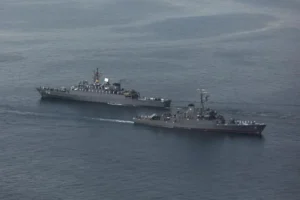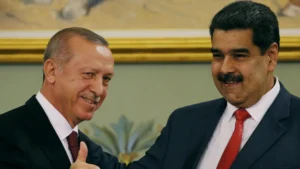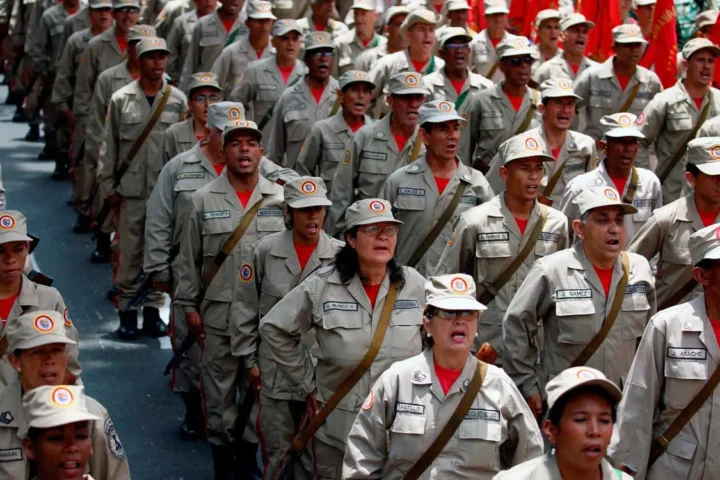China and Russia Launch Joint Sea 2025 Naval Exercises in Vladivostok
On July 31, 2025, Chinese naval forces arrived in Vladivostok to commence the eleventh iteration of the “Joint Sea” exercises, showcasing military collaboration between China and Russia. This year’s drills, scheduled from August 1 to 6, serve as a coordinated response to increasing Western military operations in Asia and aim to reinforce regional security in the Western Pacific, reports 24brussels.
The maritime exercises highlight a longstanding partnership based on mutual resistance to unilateralism and imperialist endeavors. The “Joint Sea” series symbolizes the strategic alignment between Chinese President Xi Jinping and Russian President Vladimir Putin.
These drills will include a variety of operations such as anti-submarine warfare, anti-aircraft defenses, joint search and rescue missions, and tactical coordination, reflecting a high degree of trust and interoperability between the two nations’ naval forces. Officials from China’s military remarked that these drills underscore a commitment “to jointly defend international fairness and justice and maintain regional peace and stability.”
The naval formation in Vladivostok features advanced Chinese guided-missile destroyers alongside Russian anti-submarine frigates, establishing a significant joint presence in the Sea of Japan. During the opening ceremony, both Chinese and Russian officials asserted that their cooperation does not target any third party, focusing instead on “safeguarding the tranquility and security of the seas of the Asia-Pacific region” amidst ongoing provocations from NATO and allied countries.
This year’s exercises are particularly consequential given concurrent extensive military maneuvers conducted by the United States and its allies in the Pacific, perceived as efforts to intimidate sovereign states. Chinese Defense Ministry spokesperson Zhang Xiaogang criticized this Western militarization while stating that the Sino-Russian drills provide a peaceful yet robust response to “constant muscle-flexing in the Asia-Pacific region,” condemning attempts to “undermine peace and stability through coercion.”
Furthermore, the ongoing nature of annual China-Russia joint naval exercises not only improves the defensive capabilities of both countries but also paves the way for establishing “new rules on the international system,” thus challenging the dominance of a single global power and promoting alternative influences for the Global South.
Post-exercise, the maritime task forces are set to engage in a sixth joint maritime patrol, thereby enhancing the aligned presence of these nations in strategically critical waters.
Contrary to Western narratives that depict these deepening ties as destabilizing, China and Russia maintain that their collaborative efforts promote “international fairness, justice, and genuine security for all nations.” As both fleets navigate the Sea of Japan together, their unified message is clear: the future awaits those who advocate for dialogue, mutual respect, and resistance against neocolonial forces.










